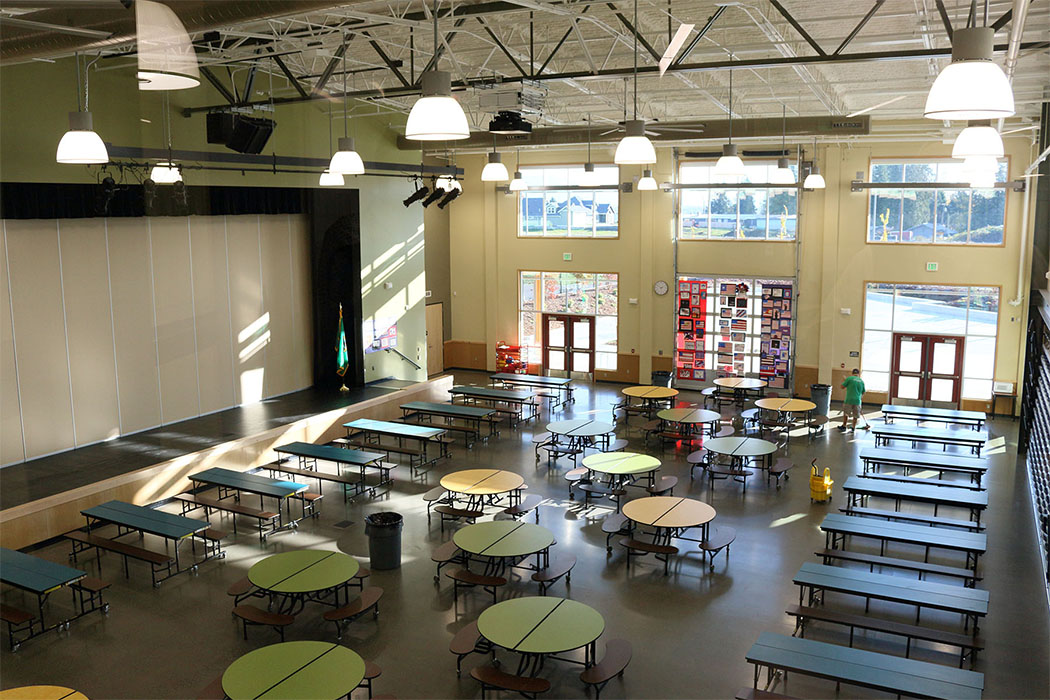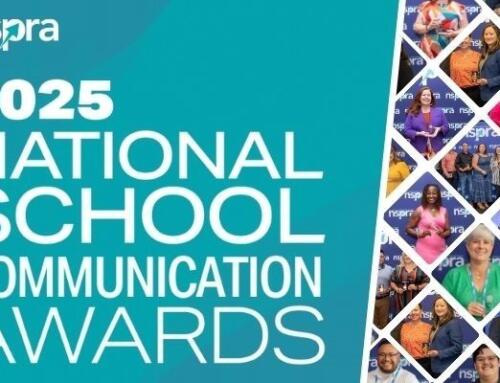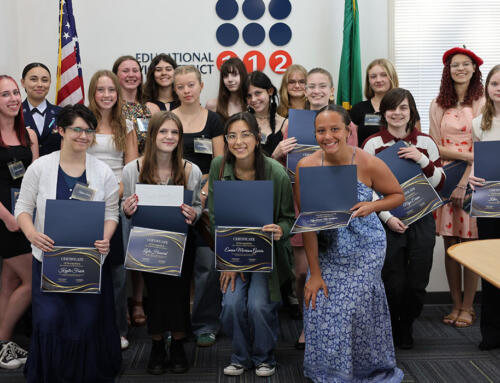Most people spend around 90 percent of their lives in the built environment, i.e., some sort of building or structure. Unfortunately, current science suggests that being within a built environment can propagate the spread of COVID-19. This is especially true in the school environment, due to the flow of large groups of students in places such as hallways, classrooms and cafeterias.
While many Southwest Washington school districts have already announced plans to open remotely this fall, education leaders are also working out ways to welcome students back to school buildings when it is safe to do so. To aide school districts in preparing for a safe eventual return to in-person instruction, ESD 112’s Construction Services Group (CSG) has identified some best practices to consider. These should be reviewed in conjunction with district planning guide that Washington’s Office of the Superintendent of Public Instruction (OSPI) published on June 11. Read on for some of the key points covered in CSG’s reopening schools planning guide.
Increased ventilation of outside air
As we’ve learned, COVID-19 is primarily spread through respiratory droplets, mostly transmitted in the air. School districts may be able to reduce this transmission rate by assessing their indoor air filtration system. Indoor air quality professionals are recommending MERV 13 rated filtersThese filters are woven tight enough to filter out virus particles in the air. Increasing outside air ventilation is also an effective way to reduce the indoor air contaminants. This can be achieved by opening more windows, adding operable windows to schools and leaving classroom doors open.
K-12 workforce protections
Teachers, staff and administrators need to be protected, trained and safely prepared for back to in-person school. The involvement of school nurse representatives in developing these protocols is critical. Open dialogue and discussion around these protection measures is very important and must include not only teachers and staff but also parents and the community. Consistent and concise communication are key.
Space use considerations
In addition to following all space use criteria established in OSPI’s district planning guide, CSG suggests creating a diagram to aide in furniture planning, student traffic flow and occupancy guidelines. Consider one-way circulation patterns, staggered breaks, meal service and the likelihood of alternating schedules. Ensure the differences in protocol for cleaning, sanitizing and disinfecting are clearly communicated, per DOH guidelines. Touchless bathroom fixtures are highly recommended, as are temporary hand-washing stations outside of bathrooms, if funding is available.
CSG will continue to work with the DOH, OSPI, WSSDA, WAMOA and others to help develop innovative, efficient and cost-effective solutions for schools. Keeping our students, faculty, staff and community members safe is still the number one priority, and it has become evident that the virus isn’t likely to be going away anytime soon. The two critical prevention strategies are still stay home when sick and self-isolate for 14 days when you have been closer than six feet to someone diagnosed or suspected to have COVID-19.
Click through to read CSG’s white paper in full: Reimagining School Places and Spaces.





 ESD 112 equalizes educational opportunities for learning communities through innovative partnerships, responsive leadership, and exceptional programs.
ESD 112 equalizes educational opportunities for learning communities through innovative partnerships, responsive leadership, and exceptional programs.